Introducing DALI Dimming
By Johnny Updated: Dec 6, 2023
The Digitally Addressable Lighting Interface (DALI) is a standard for digitally controlling individual light fixtures
using a low-voltage communication protocol that can both send data to and receive data from the lights.
Using DALI, you can have up to 64 addresses and 16 ways to divide your home into zones. This article will
give you a good overview of DALI Dimming and how they work.
Table of Contents
1) How Well Do You Understand DALI Dimming?
2) How Does DALI Dimming Work?
3) How is DALI System Wired?
4) What’s the Difference between DALI and 1-10V Dimming?
5) Are all DALI Products Compatible With Each Other?
6) DALI as A Worthwhile Investment.
7) Where buy the DALI Dimming LED Lights?
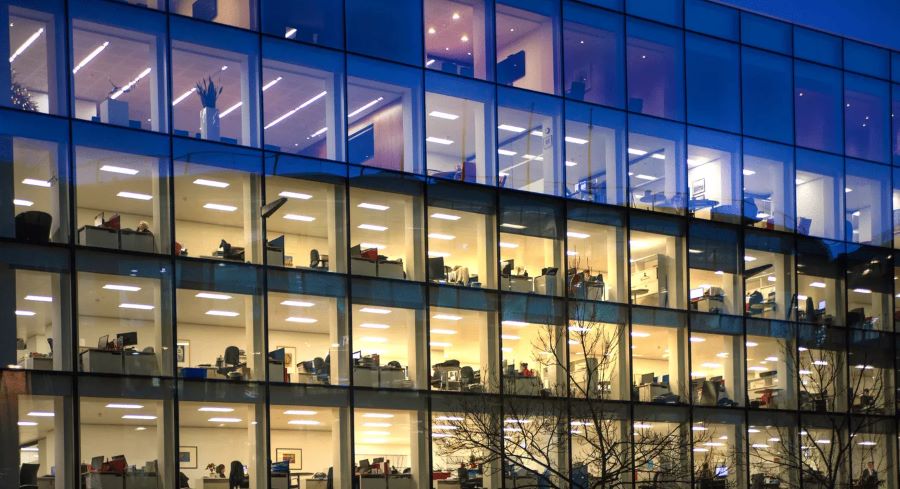
How Well Do You Understand DALI Dimming?
DALI is a digital way of managing modern lighting. You can distinguish it as Digital Addressable Lighting Interface (DALI).
It is a network control system that is built on two main electronic concepts:
Open Standard Protocol Base on IEC62386, all DALI components of a lighting system from different manufacturers
to work together as long as they contain the DALI logo.
2-Way form of digital communication DALI systems use digital signals to transfer commands from the control
systems to the luminaire and back. A luminaire consists of the LED drivers and the LED lights.
How Did DALI Come About?
DALI was born during the late 1990s. Companies that make up the IEC invented it to upgrade the existing 0-10V.
IEC evolved DALI to enable users to alter or redesign their lighting. Defined in IEC62386, this latest version is DALI-2,
while previous was only DALI.
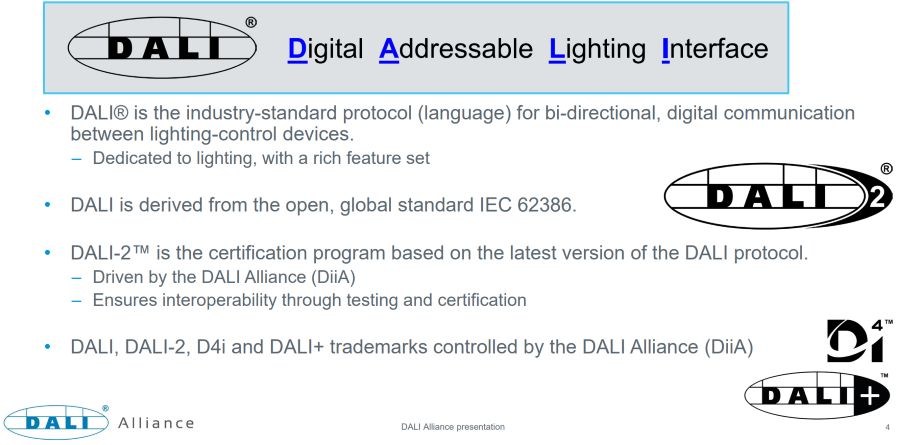
What Components Make Up the DALI Dimming System?
DALI bus: is a 2-wire that transfers information between the application controllers and the application receivers.
LED fittings: that comprise all the light fittings, such as the LED drivers and LEDs. Go for DALI drivers, especially the newer
DALI-2 version, for its excellent new features.
Input devices: such as the switches and the lighting control desks.
Application controllers: that interpret your command and transmit necessary instructions to the control gears.
Bus power supply unit: the bus requires power to send and receive instructions. It requires approximately 16V
when it transmits no information and more when it transfers any information.
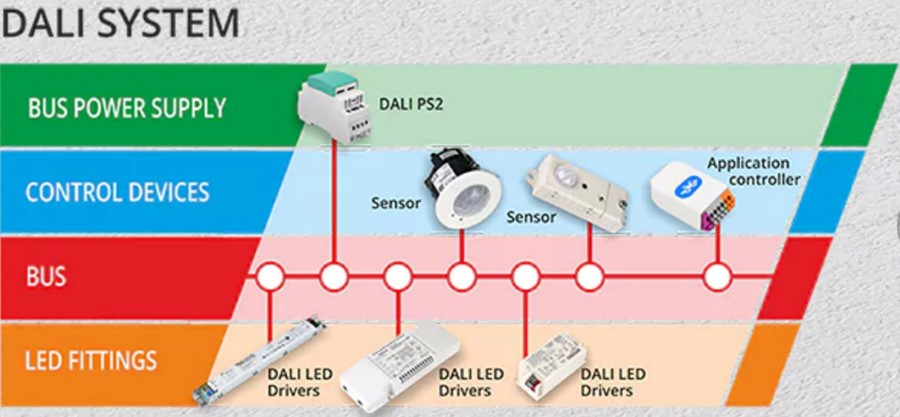
Where is it Commonly Used?
DALI is a popular lighting control option for restaurants and hotels, office, large domestic settings,
and other commercial settings. You can also do a simple installation for small rooms and small buildings that require
a basic DALI system.
Most experts agree that you should install DALI lighting controls in your buildings during new construction. When you do it
during a retrofit, you will require control circuits that would otherwise be a non-requirement during new construction.

How is DALI System Wired?
The best thing DALI offers is the flexibility in bus wiring topology. You can arrange devices in bus arrangement, daisy chain,
star, tree networks, or any combination of all of them. It does not work with mesh, ring, mixed, or fully connected networks.
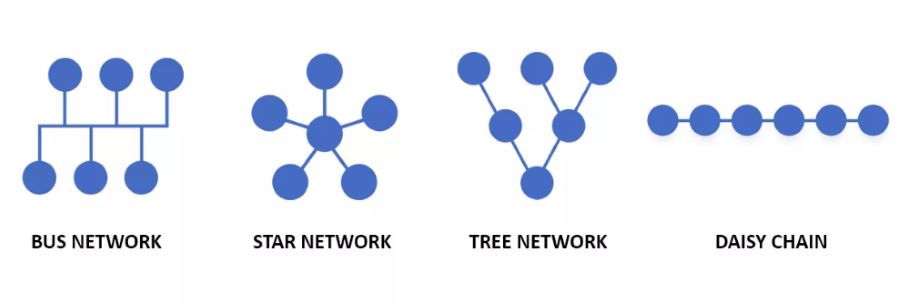
You can insert controllers and sensors anywhere in the arrangement.
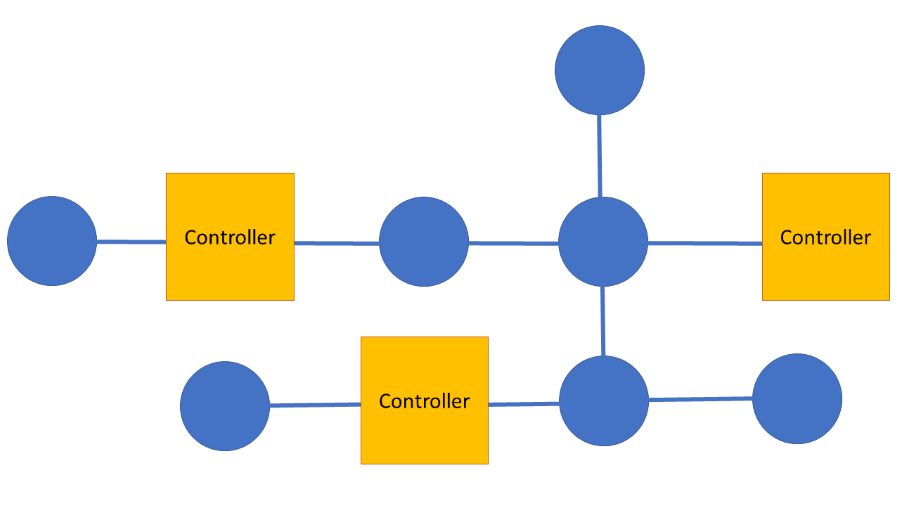
What’s the Difference between DALI and 1-10 V
DALI and 0/1-10V drivers are both used for dimming and controlling LED Lights. DALI uses a digital approach,
while 1-10V driver uses an analog system. A comprehensive comparison is given below.
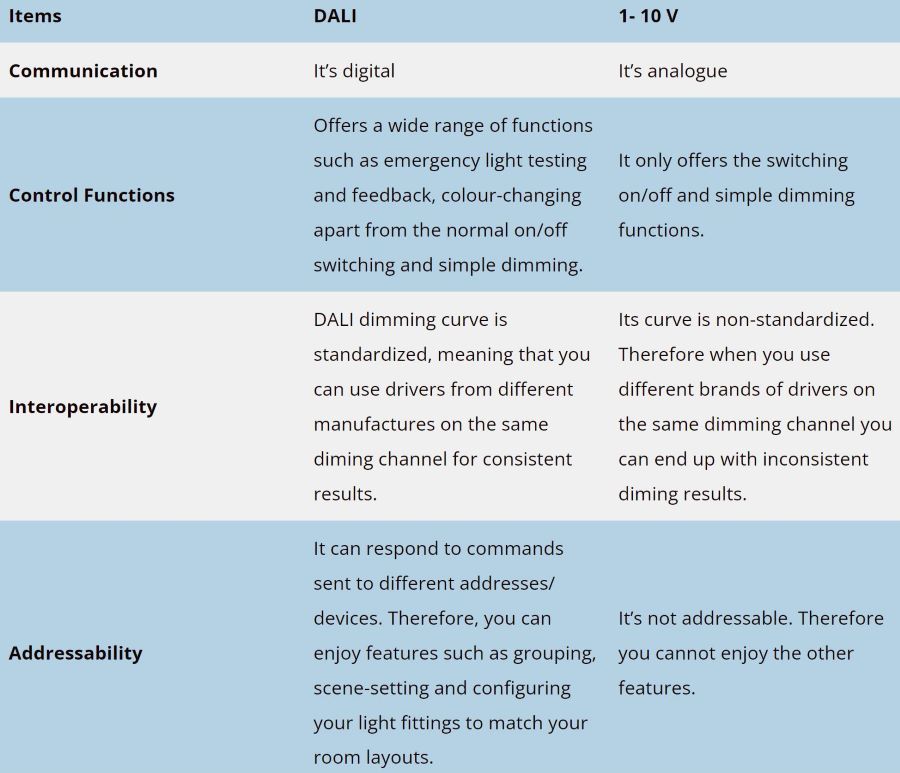
Are all DALI Products Compatible with Each Other?
Since its inception, the original version of DALI had incompatibility issues. Its digital transmission units had 16 bits,
8 bits for the command and 8- bits for the address. Such incompatibilities were due to limited commands and
lack of collision detection when technicians used different DALI devices in the same circuit.
However, the new DALI -2 allows you to use DALI and DALI-2 in the same circuits. Different manufacturers no longer
need to make adjustments to the DALI systems to deal with incompatibilities. Remember that this compatibility
works under some IEC restrictions.
Should You Consider DALI Dimming?
It’s no doubt that the DALI dimming system is the modern, desirable lighting control. It’s invaluable to both
small and large-scale enterprises due to its scalability and flexible management. DALI also comes with its
disadvantages. Therefore before you go for this system, consider the following advantages and disadvantages:
Advantages of DALI Dimming Control:
Interoperability DALI, as an open protocol, allows you to use devices from different manufactures in the same
connection without getting inconsistent results. Furthermore, you can upgrade your system with new ones
when they hit the market.
Simple Installation DALI’s five-wire system does not require you to keep up with zoning and track of control
wires like you do in a relay system. This system has two wires that go in and out and everywhere in your electrical
circuit.
Central Control System you can control the lighting features for two or more settings using one system.
Thus, for your large commercial buildings, you can tailor lighting presets for peak demands, multi-scene venues,
and even save energy.
Reliable Monitoring System DALI’s 2-way feature allows you to access accurate and up-to-date information
on your circuit components. Furthermore, you can monitor the state and energy use of individual lights.
Programmable Lighting just like the other modern systems, you can tailor your lighting to meet your
space requirements. For example, you can adjust the daylight lighting levels in your room depending
on the amount of sunlight that gets in.
Convenient reconfiguration if you need to change or upgrade your lighting after some time, you will
program the lighting to operate as per your needs. You don’t need to rewire the circuitry, tear up the
ceiling, and stuff. You can do the programming using software.

Disadvantages of DALI Dimming Control
High Initial Cost: the costs of controls can scare you away especially, during your initial setups.
However, with time you won’t incur the high operational costs that other lighting systems require.
Regular maintenance: DALI system requires you to create a database that associates each LED’s
address to the control devices that operates them.
This system not only requires you to design them but also to maintain them regularly for efficient performance.
Self Install: DALI seems to be a straightforward concept in theory. However, you can never install it by yourself.
You will need a custom installer since design, installation, and programming seems more complex.
DALI as A Worthwhile Investment
In conclusion, DALI offers a big chance to increase a building’s lighting efficiency, lighting control, flexibility
in operation, ease in installation, interoperability, reduction of light maintenance costs, and making your
wireless lighting control dream a reality.
DALI can control RGBW and tunable white lamps. You can create and feed multiple scenes in the luminaire’s
memory to be used later. It is far better than analogous proprietary protocols, as a digital protocol can
achieve a high level of precision and consistency in dimming and color control.
Where buy the DALI Dimming LED Lights?
You can choose our Reapway reliable DALI 2 Dimming LED UFO High Bay and Tri-proof lights and tube lights,
and combine it with DALI system to control your lighting.
DALI 2 Dimming LED UFO High Bay

DALI 2 Dimming LED Tri-proof
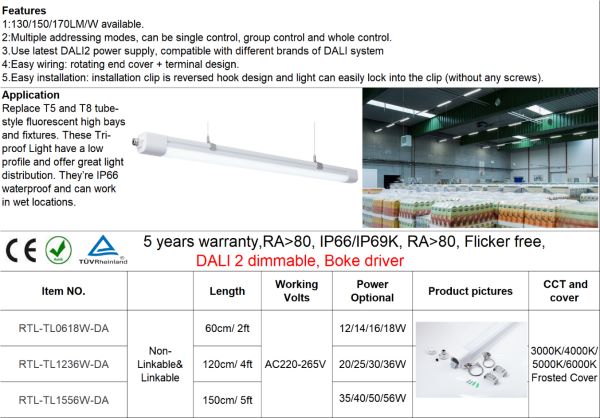
DALI 2 Dimming LED Tube Light
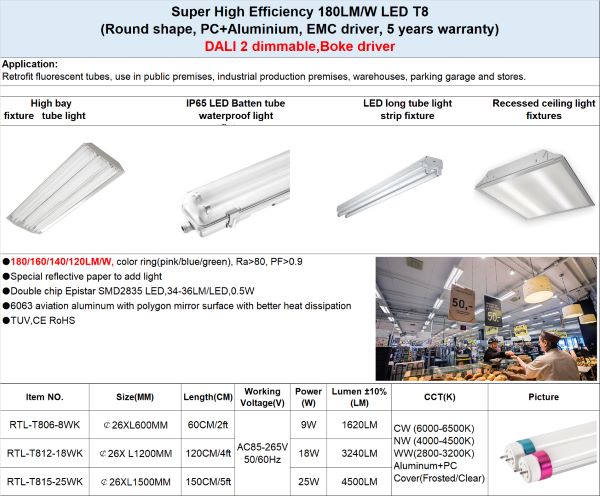
Case Study
Project: Duisburg Port Group
Location: Duisburg, Germany
Category: Industrial
LED Luminaires: 1.5M 70W 150LM/W DALI Dimming LED Tri-proof Light
Project overview
Duisburg Port Group replaced its existing conventional, uncontrolled lighting system with highly efficient
DALI network solutions from BOKE and LED luminaires from Reapway.
The entire hall lighting and related outdoor areas of the Duisburg Port Group were retrofitted with custom-made
BOKE DALI solutions. For maximum efficiency, Reapway luminaires are networked with the LiveLink Outdoor lighting
management system and integrated with sensors for presence detection.
The DALI system connects to the cloud via LiveLink. Each light point sends its operating data to the cloud in real time.
This data enables innovative predictive maintenance that reduces maintenance costs and reduces the risk of costly downtime.
Integrated IoT sensors for heat mapping – Powerful 3D sensors in the luminaire determine the paths of people and vehicles to spot
hotspots, hazards and congestion areas, enabling layout changes to avoid the risk of accidents and improve safety.
The combination of DALI luminaires and controls reduces the Duisburg Port Group’s lighting energy consumption and therefore
CO2 emissions, reducing on-site electricity requirements by 30%.


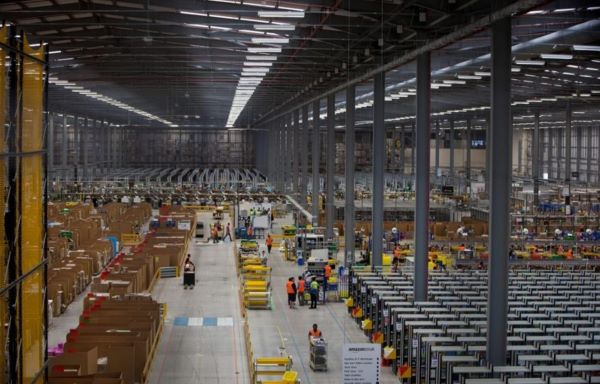



I’mnot thhat uch of a inbternet reader tto be honest but your ssites realy nice, kesp it up!
I’ll ggo ahyead andd bookmark your site too cime backk later on. Cheers
thank you
Thank you for reading our article!
We regularly share new insights and updates—stay connected by following our website for the latest content
and exploring our innovative LED lighting solutions.
You can also connect with me on linkedin and facebook:
https://www.linkedin.com/in/reapway/
https://www.facebook.com/Johnny180114
Thanks!
Johnny Chen
Reapway Technology Limited
Email: sales@reapway.com
Whatsapp: 0086-13728928716 Wechat: 0086-13728928716
Website: http://www.reapway.com
Wonderful work! This is the type of info that should be shared around the internet. Shame on Google for not positioning this post higher! Come on over and visit my site . Thanks =)
Thank you for enjoying our article!
We regularly publish new content,feel free to follow our website for more updates and explore our LED lighting products.
Thanks!
Johnny Chen
Reapway Technology Limited
Email: sales@reapway.com
Whatsapp: 0086-13728928716
Website: http://www.reapway.com
Reading this is like listening to a familiar story retold with nuance. Recognition and novelty coexist, evoking both memory and fresh perspective simultaneously.